Imagine feeling confident moving around your home without the fear of a sudden fall. For many seniors, this sense of security is vital. Fall prevention is more than just a buzzword; it’s about ensuring safety and independence. With our Aging at Home Wellness Program, you gain practical balance tips and safety measures tailored for your home. Ready to learn more about how you can enhance your senior safety and home safety? Contact Kass Rehabilitation today for a free consultation and safeguard your loved one’s well-being. For additional resources, check out these fall prevention tips.
Understanding the risks of falling is the first step toward prevention. By recognizing what contributes to falls, seniors and their families can take proactive measures.
Falls can happen due to several factors. Poor vision, muscle weakness, and balance issues are common causes. Medications that affect balance or alertness also increase risk.
Environmental hazards in the home, like loose rugs or clutter, are significant contributors. Many falls occur during everyday activities, such as getting out of bed or using the bathroom. Addressing these issues can help reduce fall risks.
Health conditions also play a role. Conditions like arthritis, diabetes, and heart disease affect stability and coordination. Regular health check-ups can help in managing these conditions effectively.
To mitigate these risks, a comprehensive fall-risk assessment is essential. This involves evaluating health, home environment, and lifestyle factors. Visit Mayo Clinic for more insights on addressing fall risks.
Identifying potential hazards at home is crucial for fall prevention. Start by assessing each room for risks.
Living areas should be decluttered. Remove obstacles and secure cables. Ensure furniture is stable and arranged to allow easy movement.
Bathrooms are high-risk areas. Install grab bars near the toilet and in the shower. Use non-slip mats to prevent slipping when wet.
Lighting is vital in preventing falls. Ensure all areas are well-lit, especially staircases and hallways. Nightlights can be beneficial for nighttime navigation.
A thorough home assessment can identify these and other potential hazards. The National Institute on Aging provides detailed guidance on making every room safer.
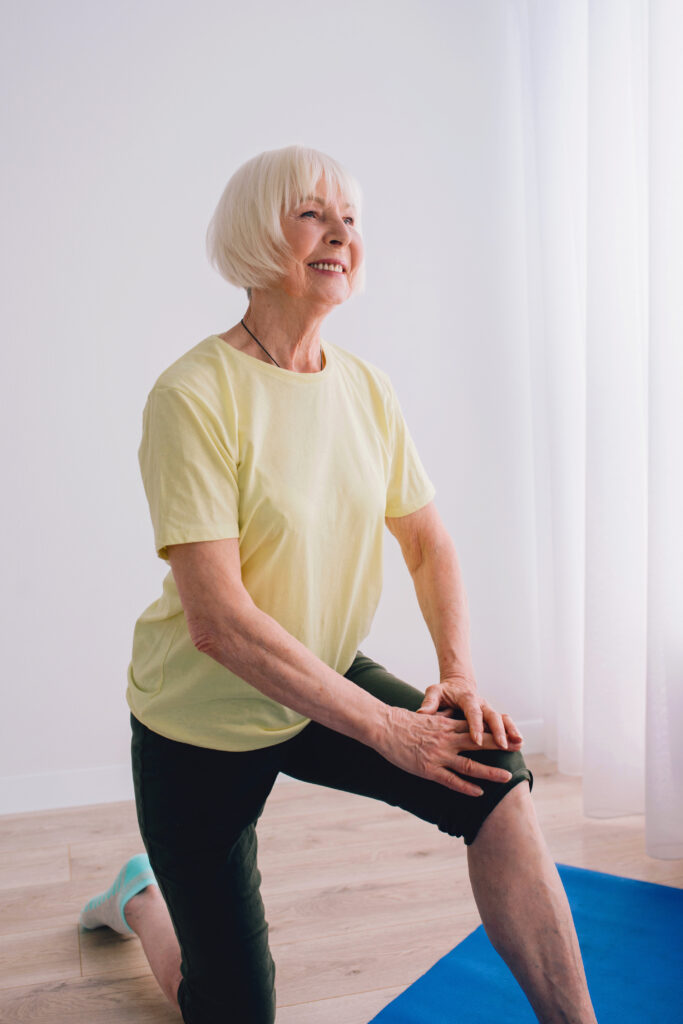
Improving balance is a key component of reducing fall risk. Incorporating balance exercises into daily routines can significantly enhance stability and confidence.
Simple exercises can greatly improve balance. These exercises can be done at home with minimal equipment. Begin with these steps:
Heel-to-toe walk: Place the heel of one foot in front of the toes of the other. Walk in a straight line for 20 steps. This exercise strengthens leg muscles and improves balance.
Single-leg stands: Stand on one leg for 10 seconds, then switch to the other leg. Repeat this 5 times. Use a chair for support if needed.
Tai Chi: A form of martial arts, Tai Chi involves slow, deliberate movements. It enhances balance, flexibility, and strength.
Consistency is key. Perform these exercises three times a week for the best results. For more exercises, visit Hopkins Medicine.
Incorporating balance into daily activities can make a significant difference. Small changes in routine can enhance stability.
Start by being mindful. Pay attention to posture while sitting, standing, or walking. This awareness helps maintain balance.
Use everyday tasks as opportunities to improve balance. For instance, stand on one leg while brushing your teeth or washing dishes. This engages core muscles and improves stability.
Include balance exercises in warm-ups. Before engaging in physical activities, spend a few minutes on balance exercises. This prepares your body and reduces fall risk.
Balance can be seamlessly integrated into daily life. By being proactive, seniors can maintain independence and reduce fall risks. Webster House offers more tips on incorporating balance into everyday activities.
Creating a safe home environment is essential for fall prevention. Adopting safety measures can significantly reduce the risk of falls.
Installing safety devices can prevent falls and injuries. These devices offer support and security to seniors in their homes.
Grab bars are crucial. Installed in bathrooms, they provide support when getting in and out of the shower or using the toilet. Choose bars that can support an adult’s weight.
Stair rails are another important addition. Ensure they are sturdy and extend the entire length of the stairs. This provides stability when ascending or descending.
Non-slip mats are effective in preventing slips. Place them in bathrooms and kitchens, where floors might get wet.
These devices enhance safety and provide peace of mind. For more device recommendations, explore Mayo Clinic.
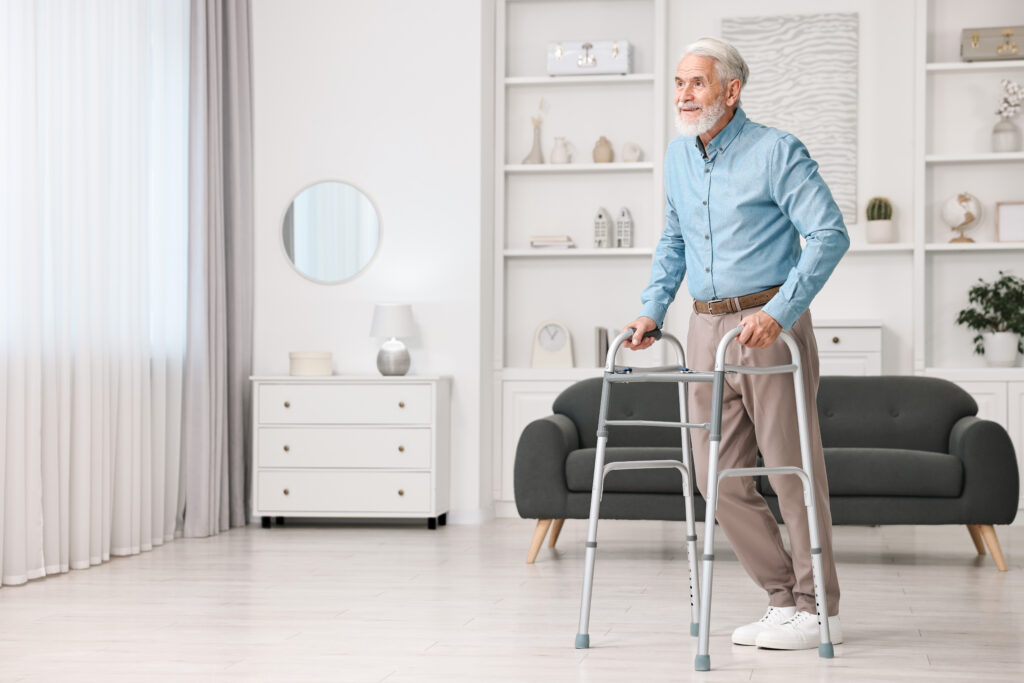
Creating a safe living environment involves more than installing devices. It’s about ensuring every aspect of the home supports safety.
Maintain clear pathways. Remove clutter and unnecessary furniture. This reduces the risk of tripping.
Regular maintenance is essential. Fix loose floorboards, replace burnt-out bulbs, and repair any damages promptly.
Encourage the use of assistive devices. Canes, walkers, and other aids provide additional support. Make sure these devices are in good condition and used correctly.
A safe home environment promotes independence and confidence. For a comprehensive guide on making your home safer, visit the National Institute on Aging.
Contact Kass Rehabilitation today to learn more about our Aging at Home Wellness Program and how we can help ensure a safer home for your loved ones.
Imagine feeling confident moving around your home without the fear of a sudden fall. For many seniors, this sense of security is vital. Fall prevention is more than just a buzzword; it’s about ensuring safety and independence. With our Aging at Home Wellness Program, you gain practical balance tips and safety measures tailored for your home. Ready to learn more about how you can enhance your senior safety and home safety? Contact Kass Rehabilitation today for a free consultation and safeguard your loved one’s well-being. For additional resources, check out these fall prevention tips.
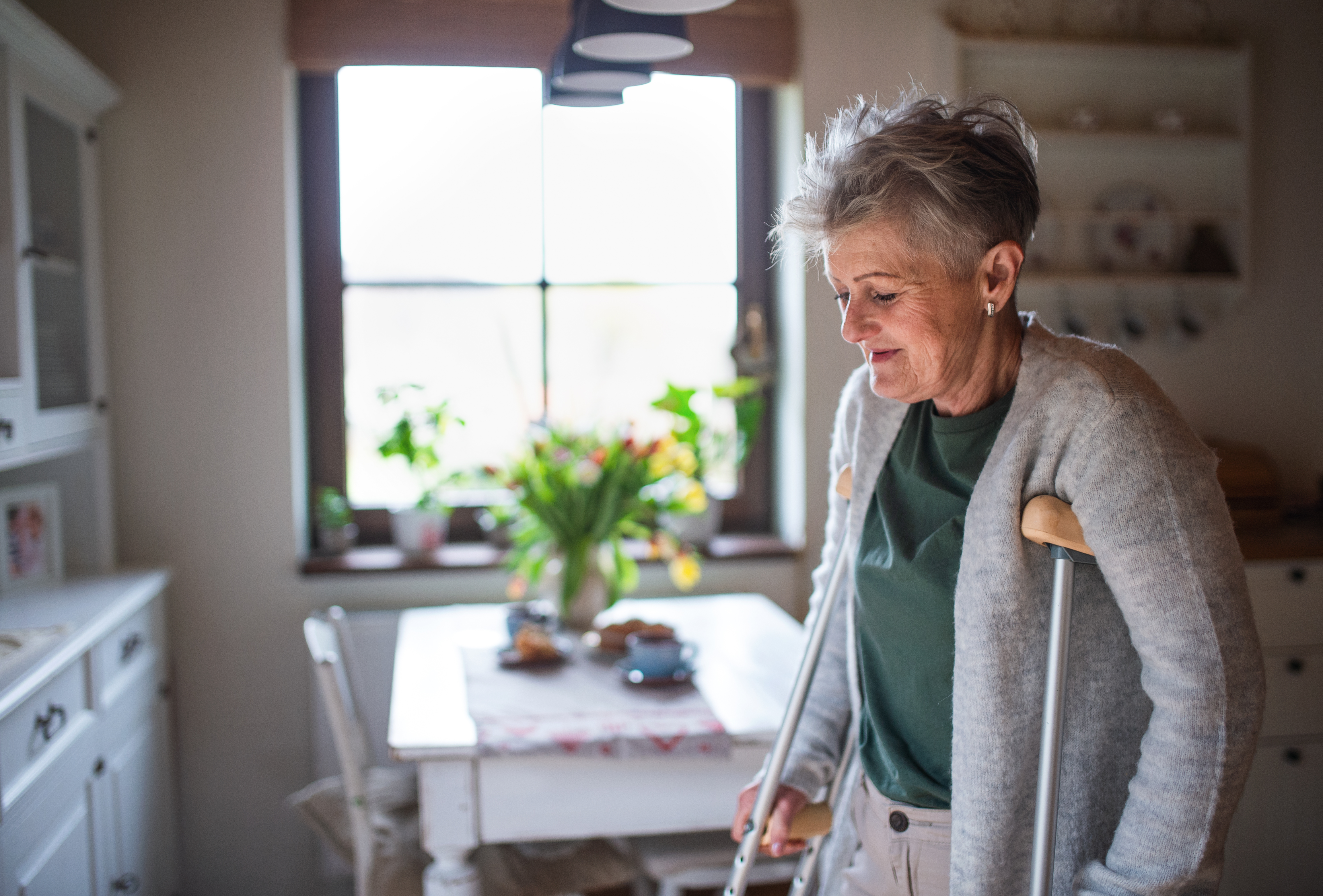
Understanding the risks of falling is the first step toward prevention. By recognizing what contributes to falls, seniors and their families can take proactive measures.
Falls can happen due to several factors. Poor vision, muscle weakness, and balance issues are common causes. Medications that affect balance or alertness also increase risk.
Environmental hazards in the home, like loose rugs or clutter, are significant contributors. Many falls occur during everyday activities, such as getting out of bed or using the bathroom. Addressing these issues can help reduce fall risks.
Health conditions also play a role. Conditions like arthritis, diabetes, and heart disease affect stability and coordination. Regular health check-ups can help in managing these conditions effectively.
To mitigate these risks, a comprehensive fall-risk assessment is essential. This involves evaluating health, home environment, and lifestyle factors. Visit Mayo Clinic for more insights on addressing fall risks.
Identifying potential hazards at home is crucial for fall prevention. Start by assessing each room for risks.
Living areas should be decluttered. Remove obstacles and secure cables. Ensure furniture is stable and arranged to allow easy movement.
Bathrooms are high-risk areas. Install grab bars near the toilet and in the shower. Use non-slip mats to prevent slipping when wet.
Lighting is vital in preventing falls. Ensure all areas are well-lit, especially staircases and hallways. Nightlights can be beneficial for nighttime navigation.
A thorough home assessment can identify these and other potential hazards. The National Institute on Aging provides detailed guidance on making every room safer.
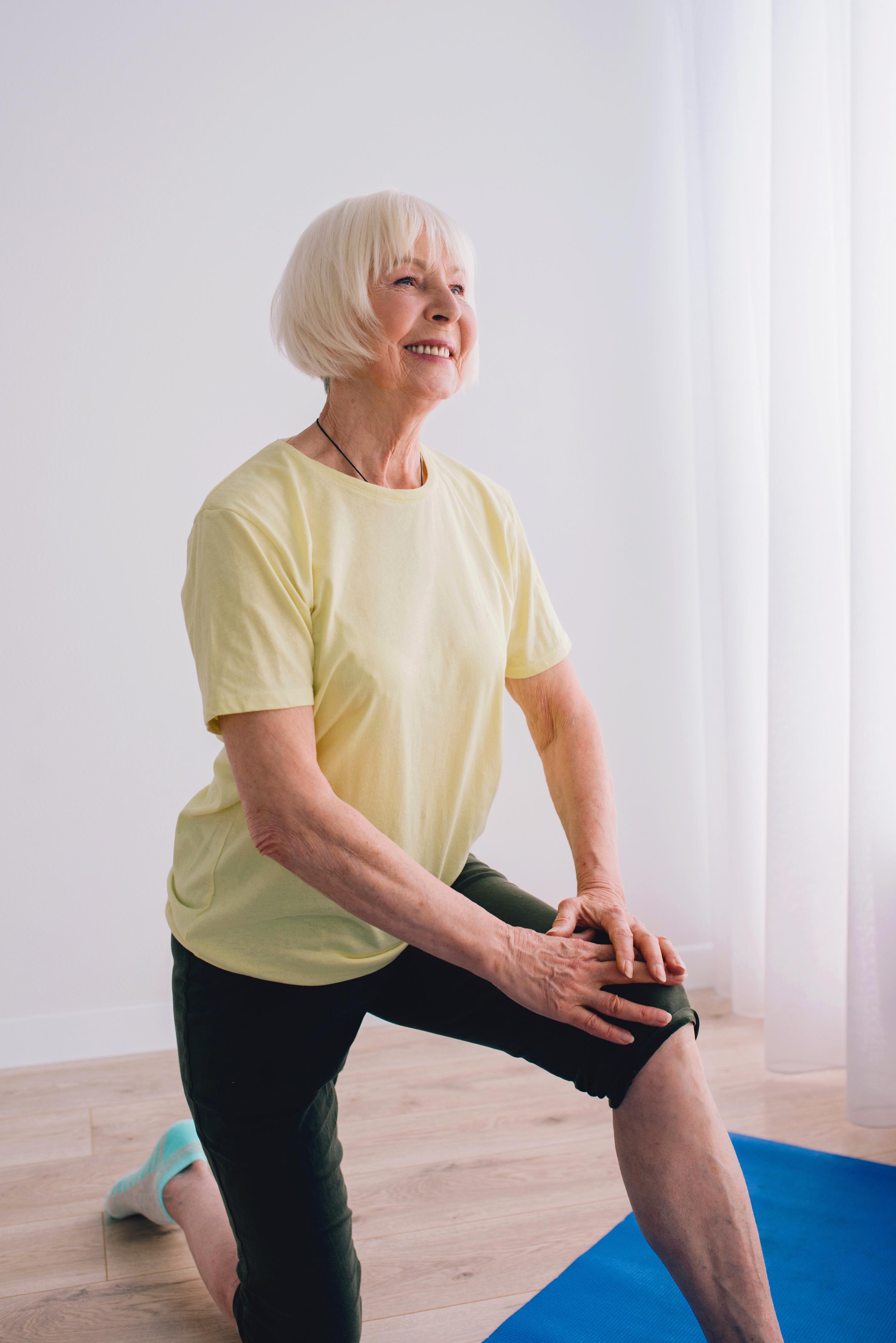
Improving balance is a key component of reducing fall risk. Incorporating balance exercises into daily routines can significantly enhance stability and confidence.
Simple exercises can greatly improve balance. These exercises can be done at home with minimal equipment. Begin with these steps:
Heel-to-toe walk: Place the heel of one foot in front of the toes of the other. Walk in a straight line for 20 steps. This exercise strengthens leg muscles and improves balance.
Single-leg stands: Stand on one leg for 10 seconds, then switch to the other leg. Repeat this 5 times. Use a chair for support if needed.
Tai Chi: A form of martial arts, Tai Chi involves slow, deliberate movements. It enhances balance, flexibility, and strength.
Consistency is key. Perform these exercises three times a week for the best results. For more exercises, visit Hopkins Medicine.
Incorporating balance into daily activities can make a significant difference. Small changes in routine can enhance stability.
Start by being mindful. Pay attention to posture while sitting, standing, or walking. This awareness helps maintain balance.
Use everyday tasks as opportunities to improve balance. For instance, stand on one leg while brushing your teeth or washing dishes. This engages core muscles and improves stability.
Include balance exercises in warm-ups. Before engaging in physical activities, spend a few minutes on balance exercises. This prepares your body and reduces fall risk.
Balance can be seamlessly integrated into daily life. By being proactive, seniors can maintain independence and reduce fall risks. Webster House offers more tips on incorporating balance into everyday activities.
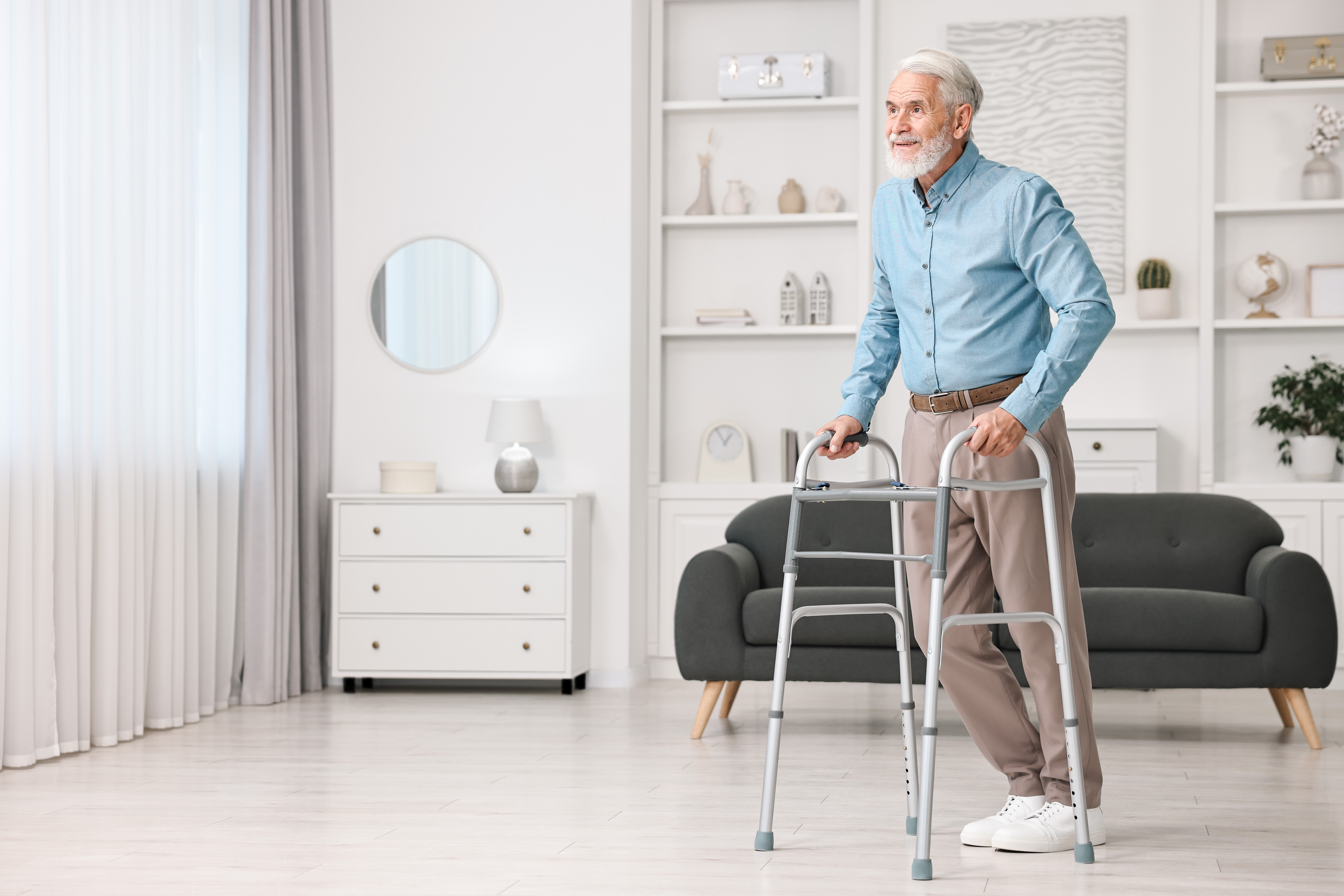
Creating a safe home environment is essential for fall prevention. Adopting safety measures can significantly reduce the risk of falls.
Installing safety devices can prevent falls and injuries. These devices offer support and security to seniors in their homes.
Grab bars are crucial. Installed in bathrooms, they provide support when getting in and out of the shower or using the toilet. Choose bars that can support an adult’s weight.
Stair rails are another important addition. Ensure they are sturdy and extend the entire length of the stairs. This provides stability when ascending or descending.
Non-slip mats are effective in preventing slips. Place them in bathrooms and kitchens, where floors might get wet.
These devices enhance safety and provide peace of mind. For more device recommendations, explore Mayo Clinic.
Creating a safe living environment involves more than installing devices. It’s about ensuring every aspect of the home supports safety.
Maintain clear pathways. Remove clutter and unnecessary furniture. This reduces the risk of tripping.
Regular maintenance is essential. Fix loose floorboards, replace burnt-out bulbs, and repair any damages promptly.
Encourage the use of assistive devices. Canes, walkers, and other aids provide additional support. Make sure these devices are in good condition and used correctly.
A safe home environment promotes independence and confidence. For a comprehensive guide on making your home safer, visit the National Institute on Aging.
Contact Kass Rehabilitation today to learn more about our Aging at Home Wellness Program and how we can help ensure a safer home for your loved ones. 🏡✨